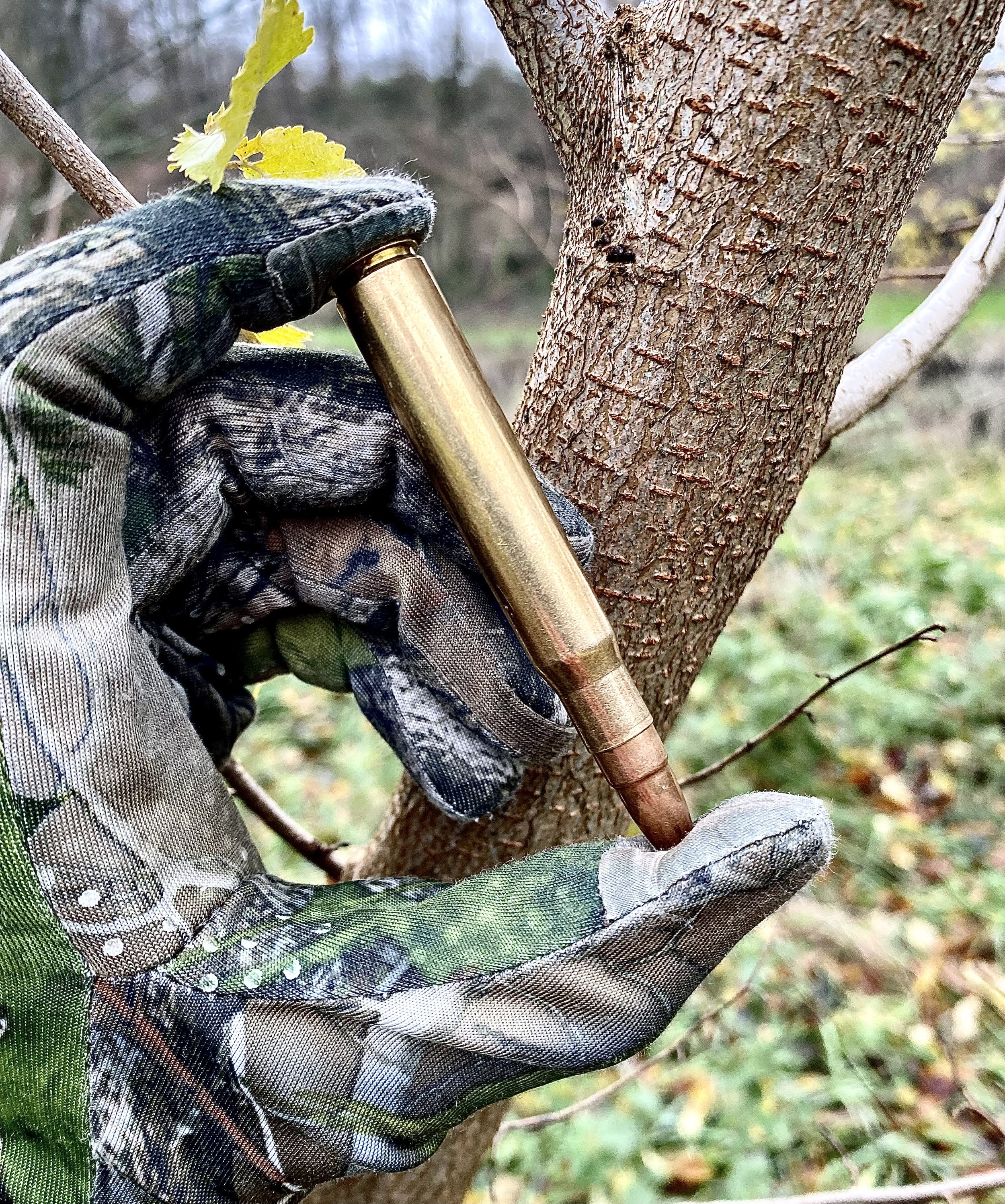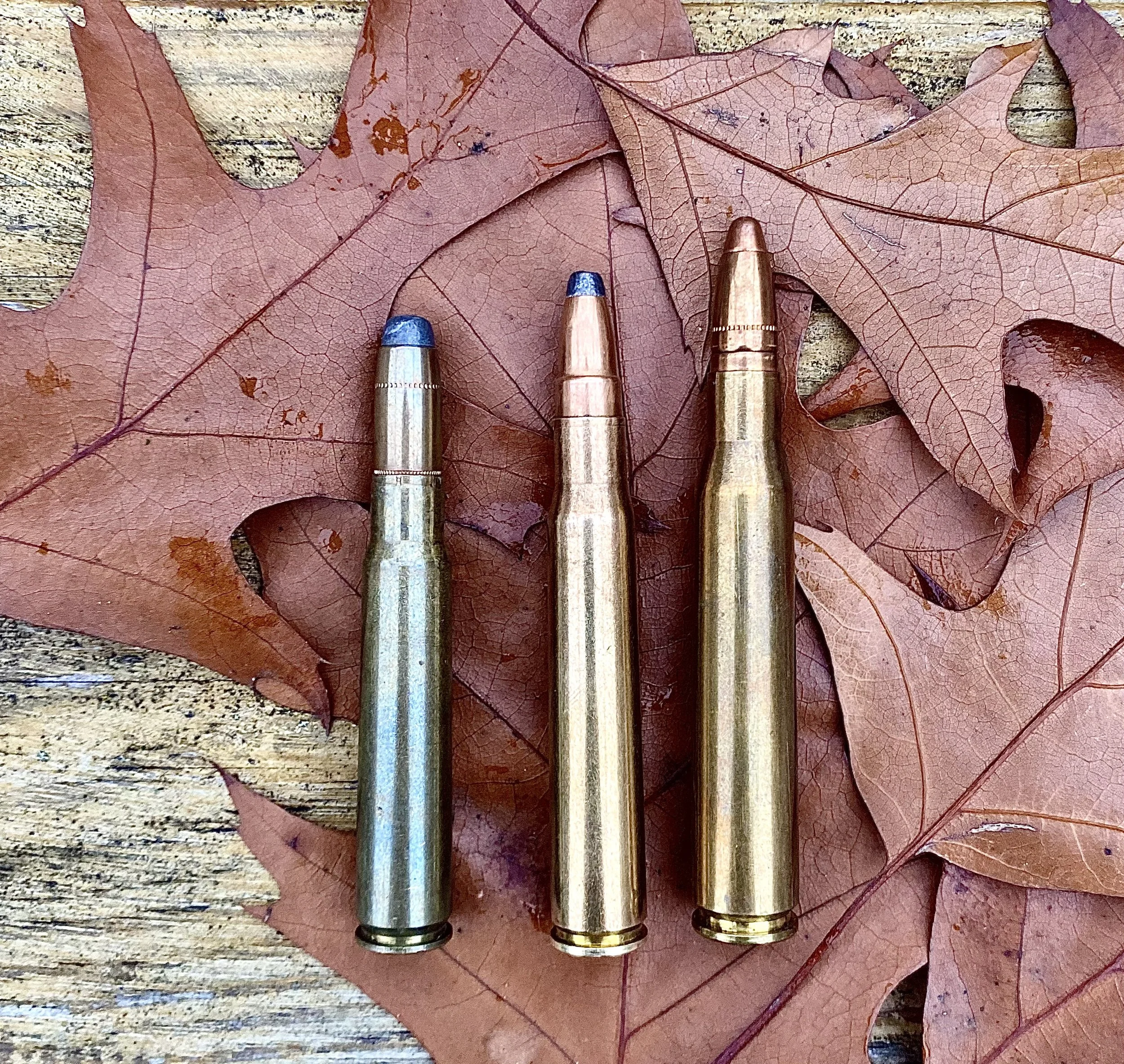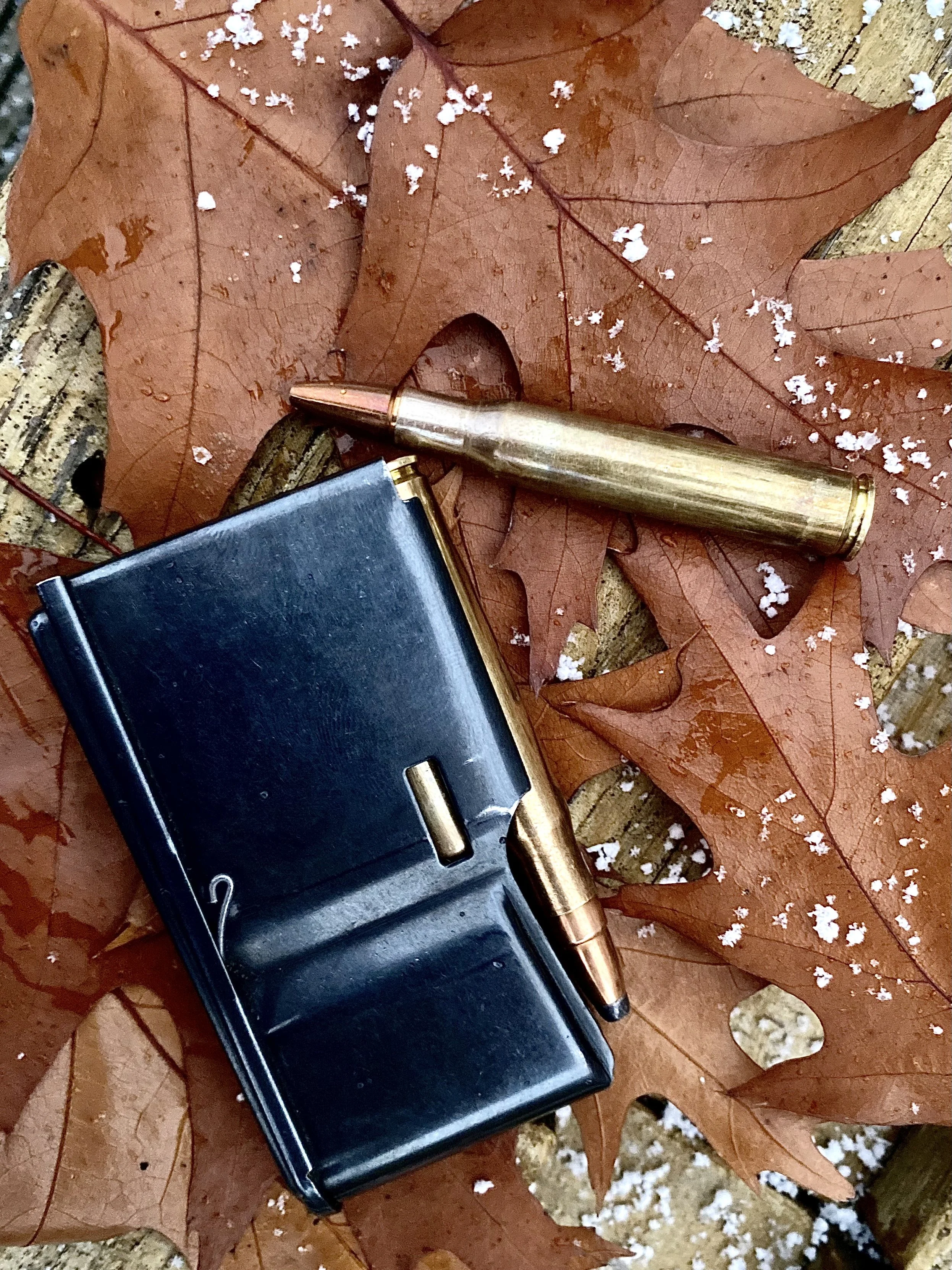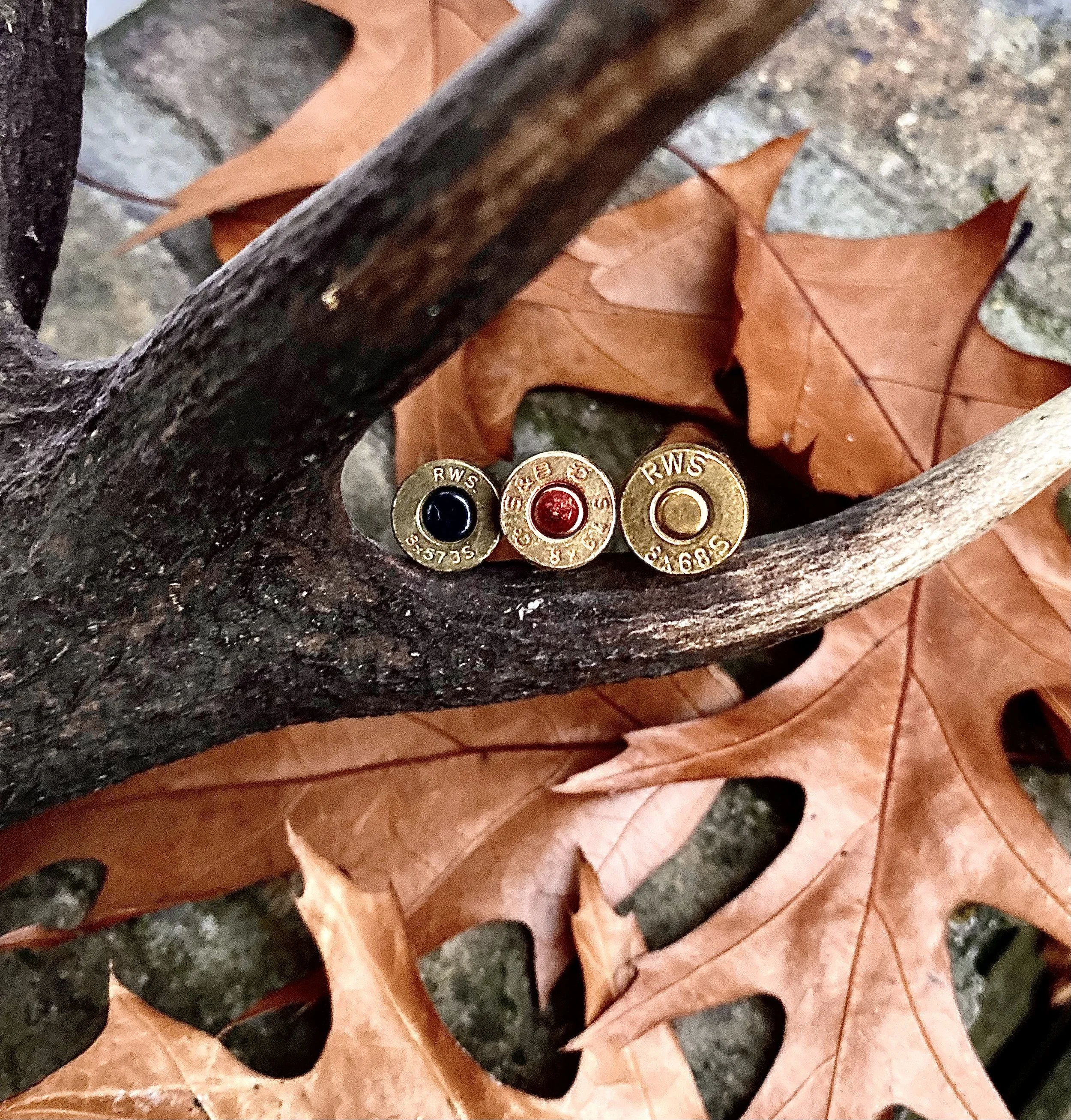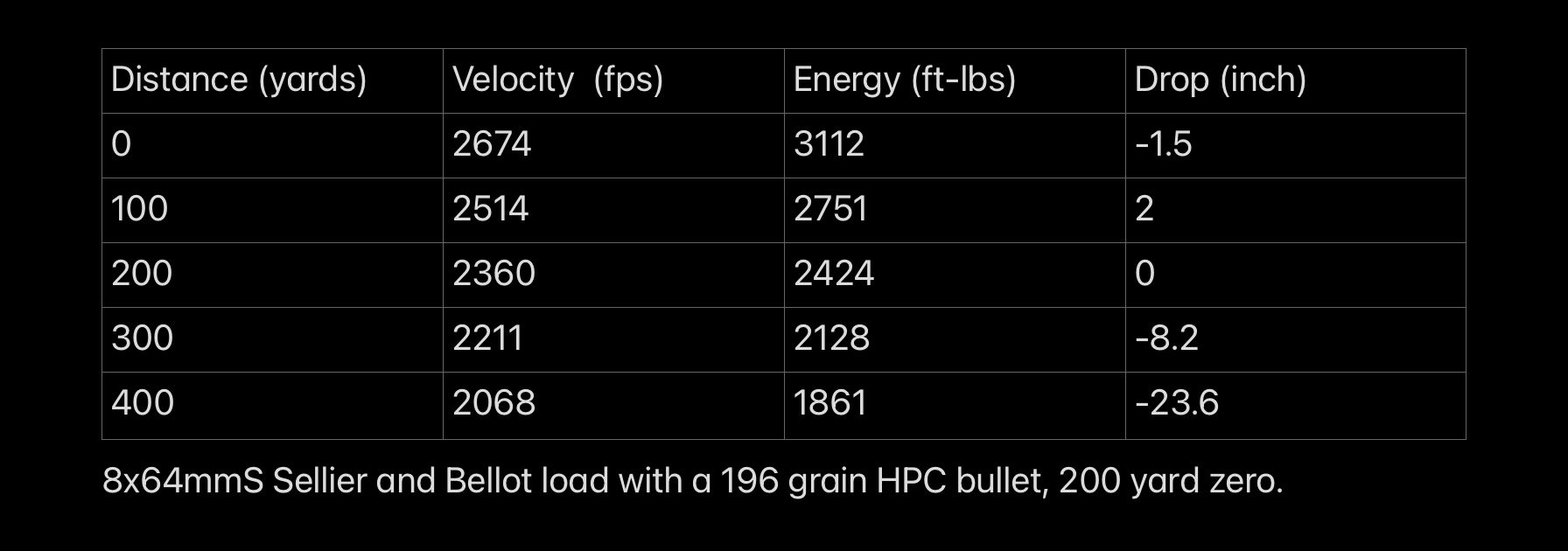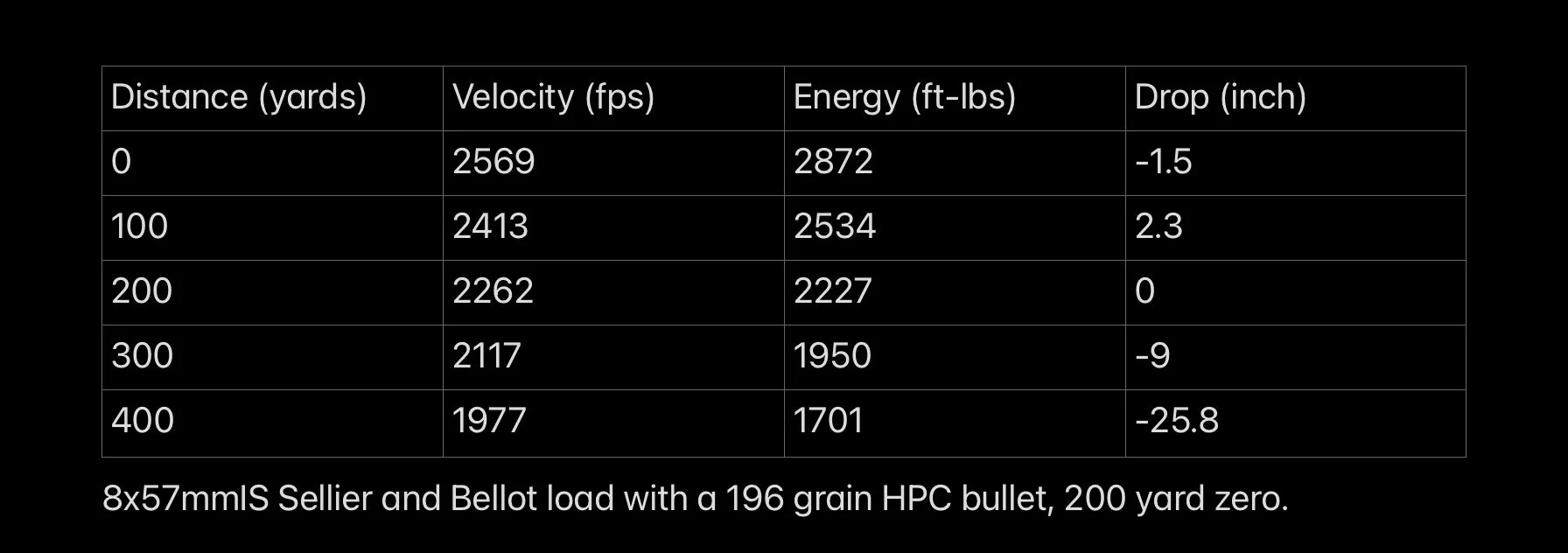Is the 8x64S cartridge the best all around hunting cartridge?
If you closely follow the RSO blog, you already know two useful metric 8mm/.323 inch diameter cartridges. In ballistic performance the 8x57 IS is practically a metric counterpart to the 30-06 Springfield, though it shoots slightly larger diameter bullets. The 8x68S shoots as close to the trajectory of the .325 WSM as two distinct cartridges can. Between these two power levels lies a niche filled by a German cartridge that combined the best of both worlds: the 8x64S.
The brainchild of German gunsmith and cartridge developer Wilhelm Brenneke, the 8x64S throws .323-inch diameter bullets in weights from about 150-grains to 227-grains at muzzle velocities from 2,950 fps to 2,570 fps. Brenneke introduced German sportsmen to this round in 1912, the same year Holland and Holland released its 375 H&H, six years after the 30-06 appeared in the U.S. Brenneke was responsible for a bunch of different inventions at the beginning of the 20th century including the TIG and the TUG bullets that remain popular to this day. His 7x64 Brenneke is perhaps his best known cartridge, but the 8mm version is also worth a close look.
The 8x64S is a great all around hunting cartridge.
The story behind the cartridge’s development is interesting, and it starts with the 8mm Mauser. The German military cartridge from 1888 underwent some modifications in 1905. Most notably increasing its caliber to .323 inch from the early .318 inch. The German Empire had just started to convert its service Mauser 98 rifles to house the more potent version when the US armed forces adopted the great cartridge known as the .30-06 Springfield. Both cartridges are virtually identical in regards to usefulness for hunters, but some deem the Springfield a tad better down range. Wilhelm Brenneke was one of them.
His idea was to improve the ballistics of the 8x57mm Mauser while maintaining the 8mm bullet diameter. The most prominent difference in the case is its length. That was changed from 57mm (2.244 inch) to 64mm (2.520 inch). That bettered velocities by about 5% depending on the actual load. Sometimes more, sometimes less. Even with the added length, standard 98 Mauser rifles were a perfect platform for his new cartridge. In the beginning, Brenneke chose to build two variants. He designed a S-bore version (.323 inch bullets) for the military to go along with a smaller I-bore version (.318 inch) for hunting purposes.
When he introduced his development to the military commission and proposed yet another change of the service rifles in 1912, little enthusiasm greeted him. Long story short, his cartridge was soon marketed as a civilian option for hunters only. Not much later the I-bore version was dismissed, a wise decision in my opinion. Less confusing, most of all.
While WWI raged in Europe, Brenneke paused his development of a rimmed version of the 8x64. That round finally came to life in 1920 as the 8x65R and the 8x65RS (again both caliber versions in the beginning). Since these rounds never played a large role and are almost unheard of today, I will concentrate on the rimless S-cartridge going forward.
After WWII ended, the 8x64S’s popularity slowly faded. Factory ammo was available into the 1960s, but in the following decades the cartridge basically vanished from the hunting and shooting scene. Brenneke‘s company, however, continued and still exists today. In the 1990s it tried to jump start its founder’s 8x64S. That worked to a certain extent. A few rifle manufacturers took the 8x64S back into their lineup. But it never rose to its early fame again. Today it once again is a rather rare sighting. Brenneke and Sellier and Bellot offer factory ammunition. If nothing else, the 8x64S is the parent case of the 7x64mm Brenneke. As a side note, Brenneke proposed that .284 diameter pill to the military commission, too. It was considered for a sniper rifle during WWII, but ultimately it suffered the same fate as its parent. But it became even more popular with hunters and is still to this day.
Three German 8mm cartridges from left to right: 8mm Mauser, 8x64S, 8x68S.
Like the 30-06, the 8x64S cartridge deserves the label "all around cartridge." Compare measurements of the two and you understand why. While 8mm bullets sit atop the 64mm case, surprisingly similar 7.62mm bullets tip the 30-06. And the “ought six” case at 63mm is just a silly millimeter shorter. It seems to me Brenneke wanted to match or exceed the Springfield’s ballistics.
In Europe, the cartridge offers plenty of punch and reach for moose, brown bear, red deer, wild boar and all the other old world game animals. Stalking or driving, close or far, it does its job. There’s no reason it can’t hold its own when used for elk, whitetails, black bear or any other North American game. For bison and the big bears, better choices exist. But that’s true for the 30-06 as well. The slightly bigger and on average heavier bullets of Brenneke’s 8mm versus the 30-06 bullets might even make you feel a tad more comfortable when hunting big-bodied critters. African antelope as big as eland won’t scoff at the German cartridge, either.
As your dedicated deer rifle, a .323 caliber cartridge is not necessary. A 6.5mm/.264 with a 120-grain bullet of sound construction will do the trick. Moderate .284 calibers like the 7mm-08, 7x57 Mauser and 280 Remington are great, too. They also open the door for an occasional elk hunt with the same gun. But if you also want to tackle bear or elk on a more regular basis, .308 or .323 bullets offer a bit more flexibility. Less than ideal angled shots and shots through thick bones are better done with the added persuasiveness of these bigger and heavier projectiles.
The 110-year-old 8x64S may not be the best option for the extreme long range shooting so popular in North America, but that’s ok. Many other great cartridges have fallen out of favor with ELR-shooters. The 8x64S remains a fine option for most game to 400 and 500 yards. And rest assured, the 8x64S can deliver at these distances. For shooting farther, high BC‘s are helpful. But high BC-bullets in .323 -caliber are very heavy. This means more recoil. That’s why the 6.5‘s and 7mm’s are so popular for ELR shooting while the 8mms are not.
The rather sleek 8x64S case slips out of magazines and into gun chambers smoothly and reliably, important attributes for the military applications for which Brenneke intended this round. The case houses 69.6 grains of water compared to 68 grains for the Springfield, a nice balance to bullet weights for shooter-friendly cartridges. Additional powder capacity for additional speed increases recoil and decreases barrel life. Both are small enough to not be excessive for light game, yet heavy enough for the bigger animals. They shoot wonderfully flat with light bullets, but also hit hard enough and retain enough energy at all sane hunting ranges with heavy bullets. They’re not perfect for some hunts, but darn good for most. For hunters who prefer intimate knowledge of one cartridge rifle combination instead of specialized tools for each game species and type of habitat, both are terrific choices.
Today’s 8x64S factory loads launch 196- to 220-grain bullets. These are all lead core bullets, as far as I know. That is more than enough for any ungulate, regardless of the continent you’re hunting. Component projectiles for reloading range from 123-grain Norma FMJ bullets for plinking steel at the range to light-for-caliber 139-grain lead-free Geco Zero fragmentation bullets and up to 226- grain lead core bullets. Most bullet types and constructions are available.
The standard length 8x64S works great in Mauser 98 rifle actions and its different variants.
When comparing the 8mm cartridge to the 30-06 I have to admit it’s not an apples to apples comparison. Different diameters lead to different BC’s/bullet weights and therefore to different trajectories further down range. Since I want to concentrate on the performance in the hunting fields, I choose to compare ballistics out to 400 yards. The higher BC of .30 caliber bullets of any given weight, or the slower velocities of same BC .323 bullets with higher weight won’t matter that much then. With rangefinders, ballistic turrets and reticles, bullet drop decreases in importance anyway.
For the comparison, I picked a load from Sellier and Bellot with a hollow point capped bullet HPC. They offer the same load for the 8x64mmS (196 grain bullet weight and a G1 BC of .554) and also for the 30-06 (180 grain and a quite similar .546 BC). The different test barrel lengths of 25.6 inches (8x64S) and 23.6 inches (30-06) need to be considered along with the lighter bullets for the ought-six. For practical use, I think these "apples" are close enough for a thorough understanding of the cartridge‘s capabilities.
Now let’s take a look at the numbers. The first table shows the ballistics of the 8x64S.
Now compare the data to the numbers of a comparable 30-06 load. You’ll see the moderate advantage the 8x64S offers in regards to impact energy. The trajectory is identical. Again, for deer it’s too little difference to fuss about. For bigger game, it leaves a bit more room for error. Since energy doesn’t kill, but hemorrhaging does, even that shouldn’t be overrated. It’s part of the equation, but not everything.
The last table shows the ballistics of the 8x57 Mauser with the exact same bullet. It, too, is a viable choice for most big game hunting. It’s very close to the 30-06 and actually hangs on to velocity and energy a bit better (the slightly higher BC is actually good for something). Brenneke’s 8x64S is better in some aspects, but Mausers 8mm is not bad at all. With a barrel as long as the 8x64‘s, both the Springfield and the 8mm Mauser might be even closer to Brenneke’s cartridge.
As for rifles, the all too common trend to strip less popular chamberings from the line up hinders 8x64S popularity. Few, if any, major brands chamber it. But good used guns pop up regularly. Merkel and Heym are reputable manufacturers. Also, quality Mauser 98 rifles from earlier days can be found on the shelves. As these were used for hunting only, barrels are in good condition in most cases. Even if not, the gun could be rebarreled with a new tube. A custom or semi-custom rifle is another option for those who prefer a new rifle.
The 8x64 cartridge is definitely a very good choice for a wide variety of hunting scenarios. It offers a bit more flexibility for heavier critters than the 30-06 without undue recoil. Muzzle blast and recoil are manageable. It really might sit perfectly in between the 8mm Mauser and the 8x68S. Or between the 30-06 and the 325 WSM, for American reference.
Three 8mm cartridges: the 8x68S on the left, the 8x64S in the middle, and the 8mm Mauser on the right.
The 8x64S is not a convenient choice, but a rifle-cartridge combination “off the beaten path” is always worth a look if you’re a true gun nut. So if you stumble upon a rifle chambered in 8x64mmS, consider making it yours. You won’t be disappointed.


